Our Location
Truly speaking, 304 stainless steel and 316 stainless steel are pretty similar in many cases. At first, it can be tough to tell them apart. But here’s the deal – there are quite a few differences between these two grades of stainless steel. That’s why it’s super important to choose a suitable material when you’re making stuff. So keep reading if you want to know more.
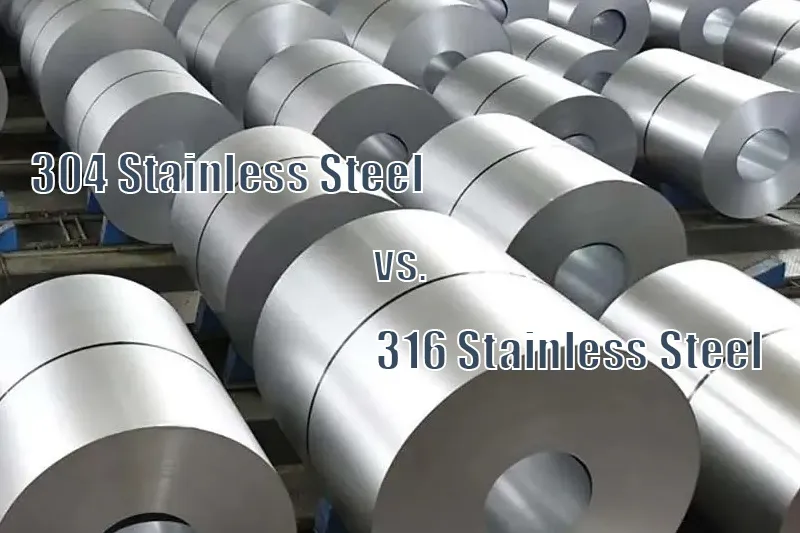
Table of Contents
Toggle304 stainless steel, also known as 304 SS or AISI 304, is a grade of stainless steel that possesses remarkable properties, making it highly sought after in various industries. This alloy has exceptional resistance against corrosion and the ability to withstand elevated temperatures.
Here are some of AISI 304’s essential properties.
Melting Point: 1450℃
Density: 8.00 g/cm^3
Thermal Expansion: 17.2 x10^-6/K
Elastic Modulus: 193 GPa
Thermal Conductivity: 16.2 W/m.K
Tensile Strength(Mpa): 500-700 Mpa
Elongation A50 mm: 45 Min %
Hardness (Brinell): 215 Max HB
AISI 304 steel has numerous applications, including:
· Food preparation: fryers, food prep tables
· Kitchen equipment: tableware, pots and pans
· Architectural: siding, elevators, bathroom stalls
· Medical equipment: trays, surgical tools
· Storage tanks
· Fasteners and finishing hardware: screws, nuts, bolts, plates, handles
· Water piping
· Indoor architectural/decorative hardware: panels, sculptures, sconces
· Equipment tubing
· Residential appliances
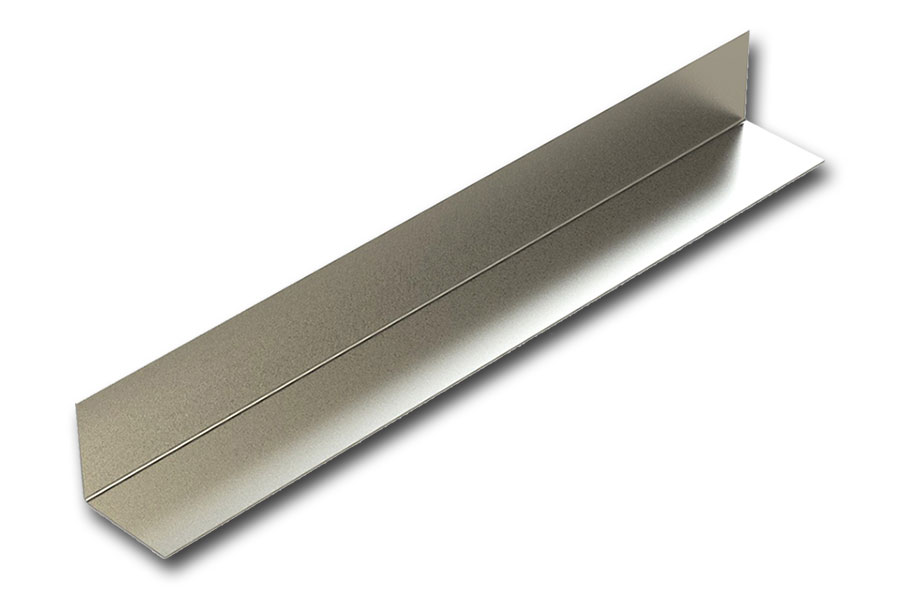
304 stainless steel plate
316 stainless steel adds 16% Chromium (16%), 10% Nickel (10%), and 2% Molybdenum elements based on 304 stainless steel, and the density will be higher than 304 stainless steel. In addition, 316 stainless steel will also have better performance than 304 stainless steel, such as good high-temperature resistance and corrosion resistance.
Melting Point: 1400°C
Density: 8.00 g/cm3
Elastic Modulus: 193 GPa
Electrical Resistivity: 0.74 x 10-6 Ω.m
Thermal Conductivity: 16.3 W/m.K
Thermal Expansion: 15.9 x 10-6/K
Tensile strength (Mpa): 400-620 Mpa
Elongation A50 mm: 45 Min %
Hardness (Brinell): 149 max HB
316 SS is highly formable and corrosion-resistant. Molybdenum is commonly used in marine applications. Here are some examples of its application.
· Water-handling: boilers, water heaters
· Marine equipment: boat rails, wire rope, boat ladders
· Pharmaceutical equipment
· Chemical processing equipment
· Industrial and chemical transportation
· Pressure vessels
· Medical equipment (needed for heat sterilization)
· Outdoor site furnishings
· Commercial kitchens
· Food production and processing in saline environments
· Commercial appliances
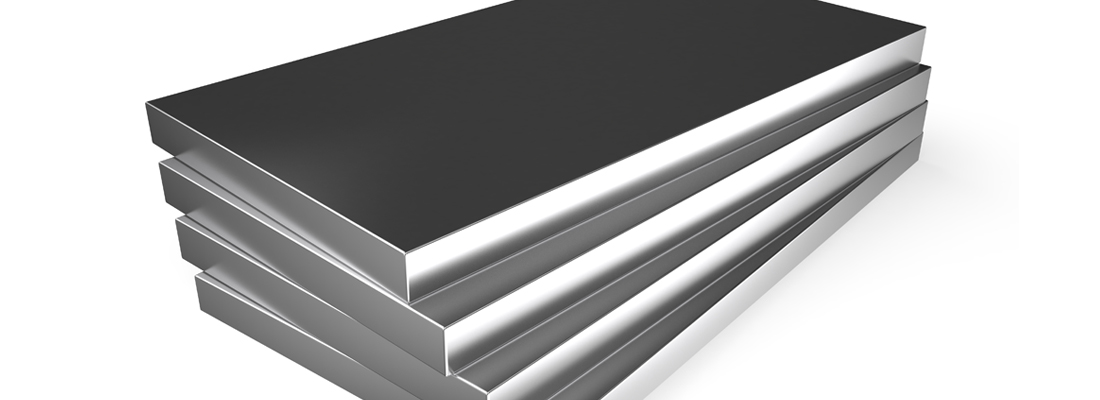
316 stainless steel sheet
Based on similar properties, both materials share many similarities:
Both SSs are austenitic, meaning they do not have magnetic properties when initially formed but can develop magnetism through cold working or welding.
Both grades resist abrasion and scratching, preventing oxidation and other damage. This feature is highly valued in making kitchen cookware.
The amount of Carbon determines this property in a stainless-steel grade. Grades with lower carbon content have higher weldability. Equal Carbon amounts in two grades result in equal weldability.
Formability means the capacity of a material to be shaped into desired configurations without sustaining damage. This characteristic enables sheet metal fabrication workers to work with the materials and adapt them to a design. Both grades exhibit high formability.
Durability is a crucial aspect that determines the strength of a material to endure stress and pressure. When it comes to building complex manufacturing structures, it is vital to use highly durable metals. 304 SS and ss 316 stainless steel are both renowned for their exceptional durability and long-lasting performance.
Both the two SSs have high tensile strength. However, the tensile strength can vary depending on factors such as the manufacturing process and any additional treatments applied to the material.

304 stainless steel pipe,316 stainless steel pipe
304 stainless steel: 1% Silicon, 0.045% Phosphorus, 0.07% Carbon, 0.015% Sulphur, 2%Manganese, 8% Nickel, 0.10% Nitrogen, 18% Chromium.
316 stainless steel: 1% Silicon, 0.045% Phosphorus, 0.07% Carbon,0.015% Sulphur, 2% Manganese, 10% Nickel, 0.1% Nitrogen, 16% Chromium, and 2% Molybdenum.
Both SSs differ in mechanical properties. For example:
Yield Strength
It refers to the highest level of stress that a material can endure without breaking. Regarding yield strength, 304 stainless steel is 215 MPa, while 316 is 205 MPa, making the difference between their yield strengths 10 MPa.
Hardness
The carbon content of 304 and 316 stainless steel is less than 8%. However, the carbon content of 316SS in actual production is higher, resulting in higher hardness.
Elastic Modulus
The elastic modulus is a property that describes how rigid a material is. In the case of SUS 304 and SUS 316 , the former has a higher elastic modulus than the latter. This means that 304 SS is more responsive to deformation than stainless steel ss 316.
316 SS has higher corrosion resistance than 304 SS because it contains Molybdenum, which provides excellent pitting resistance. Additionally, 316 SS is highly resistant to erosion from the ocean and aggressive industrial atmosphere.
304 SS can be used in a temperature range of -196℃ to 800℃.
316 SS, on the other hand, can not be continuously used between 427°C to 857°C, but it can be constantly used outside of this temperature range. Hence, it has a high-temperature resistance and can endure harsh conditions up to 1200-1300℃.
316 stainless steel is slightly more expensive than 304 stainless steel because it has a higher quantity of Nickel and Molybdenum. Additionally, the production process of 316 stainless steel is more complex and requires more energy, which also contributes to its higher cost.
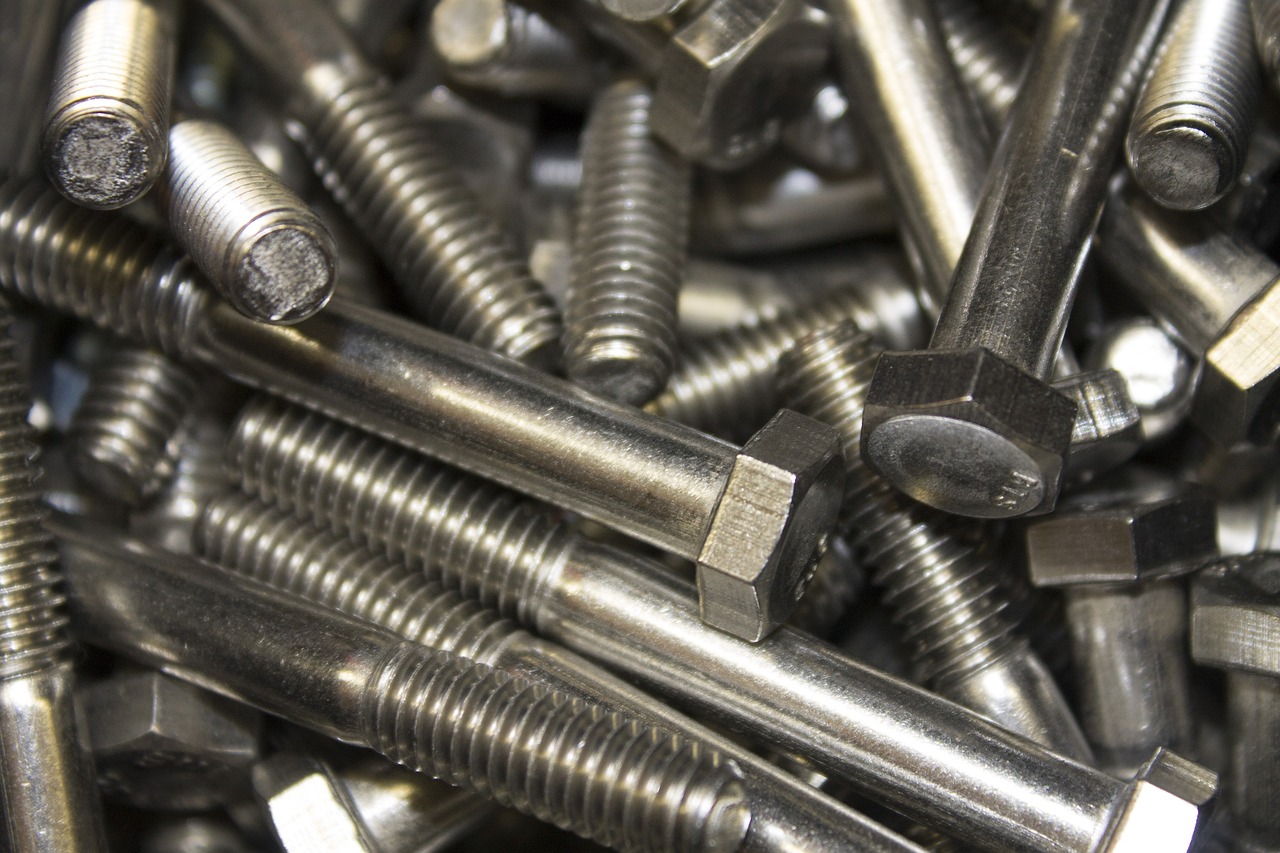
Stainless Steel bolt, metal
To pick the correct grade, you have to analyze the differences between 304 and 316 stainless steel. Here are some scenarios where both grades are suitable and how to choose the appropriate one.
316 stainless steel is highly resistant to chloride attack. It is known that seawater is salty and contains sodium chloride. If metal objects are placed near salt, it will speed up their corrosion. That’s why in high-chloride environments, such as seawater, 316 stainless steel is better due to its high resistance to chloride corrosion.
Material 304 stainless steel is excellent for outdoor use because it is resistant to rust and corrosion. Moreover, it costs less than 316 SS, making it a better choice for outdoor products.
For daily use, you don’t need to pay much attention to maintaining 316 SS, for it can resist chemicals better.
316 SS is more suitable than 304 SS for high-temperature applications, as it can resist corrosion at temperatures above 1550 ℉ and below 850°F. In contrast, 304 SS may corrode at 797-1580 °F.
304 stainless steel costs less than 316 stainless steel due to its different chemical compositions. 316 stainless steel contains higher levels of Molybdenum and Nickel, making it more expensive than 304 stainless steel.
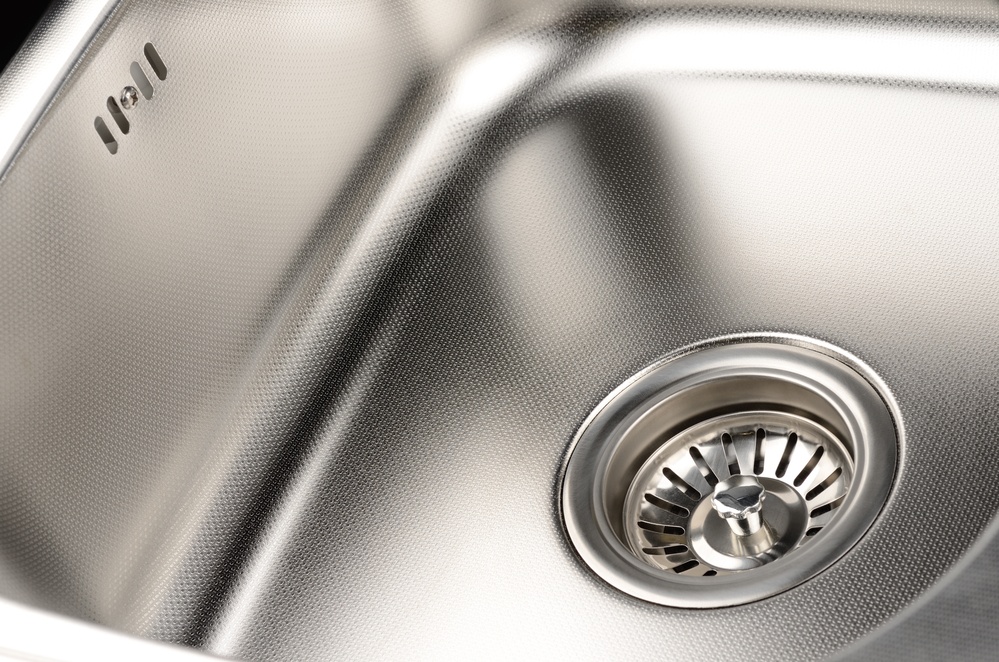
In short, both 304 and 316 stainless steel have advantages and disadvantages; you need to carefully analyze their differences as well as your own needs and then choose a material that best suits your needs. Enze offers customers with a reliable one-stop CNC machining stainless steel parts. Don’t hesitate to get in touch with us for a fast quote.

